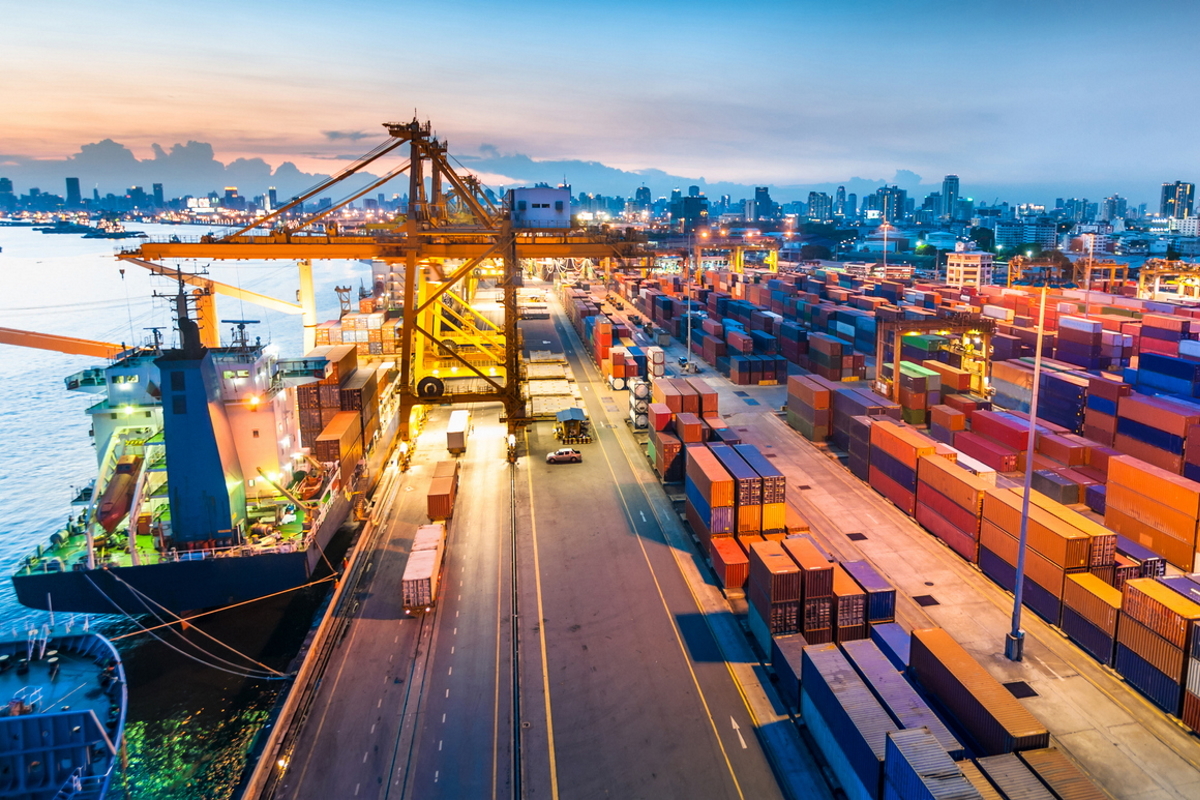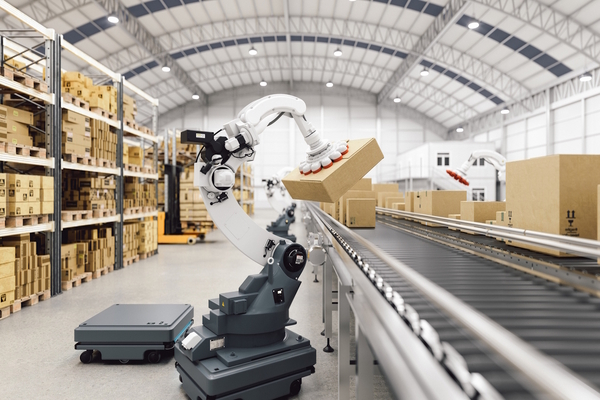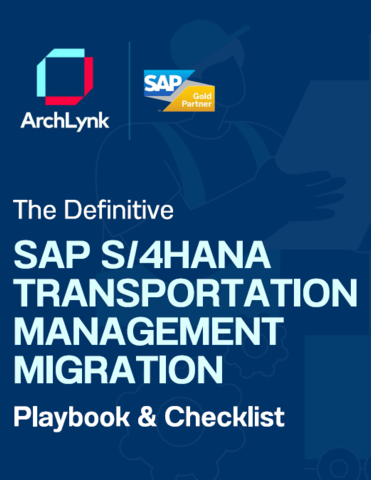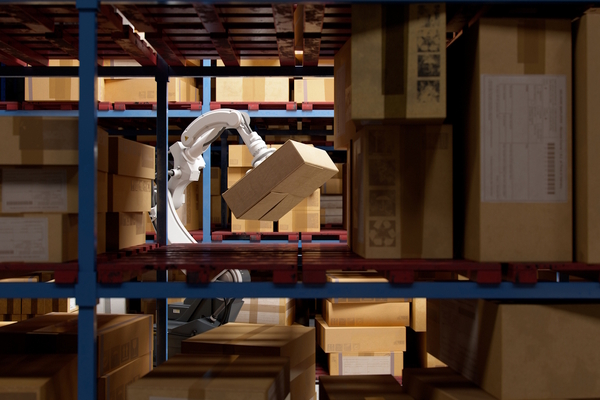How the supply chain industry must act to combat inflation

Josh Brazil at project44 argues that visibility in the supply chain is key to beating inflationary pressures
Across Europe, inflation is hitting households and businesses hard. With Eurozone inflation reaching a record high, and shop price inflation doubling in just one month in the UK, the European economic landscape is in disarray. But, what has caused such a dramatic spike in inflation, and why are companies like Starbucks, Ikea and ASOS blaming the supply chain?
When Europe went into lockdown, customer spending moved from buying services, to buying goods. Demand for goods became excessive and as demand ballooned, the supply chain had to move very rapidly from just-in-time to just-in-case.
On top of that, freight rates continued to climb at breakneck speed in the second half of 2021, as ports became congested and supply chain labour continued to dwindle in the face of Covid waves. We moved into new territory, from demand-driven to supply-driven inflation, where supply constraints became the driving force behind inflationary pressures.
Now, moving into 2022 with headline inflation predicted to stay elevated until late summer, businesses can no longer absorb the rising costs. Inflationary pressures are being passed on to customers, risking brand reputation and increasing the cost of living across Europe.
With the price of household goods, energy, and materials on the rise, how can supply chains navigate these new financial pressures and reduce the impact on the end customer? While nobody can control foreign policy on Covid restrictions, or foresee another Suez Canal blockage, everyone can act now and invest in digital infrastructure to remain resilient to disruptions. The answer is simple, visibility.
Target bottlenecks
The first challenge to identify is bottlenecks. According to a recent report from Blackrock, prices are rising faster in response to supply chain bottlenecks than they fall in response to spare capacity. This means that while there may be plenty of capacity in certain areas along the supply chain, this does not counteract the long dwell times and delays at bottlenecks, so as a result inflation is pushed higher.
These blockages can be mitigated, and avoided, through end-to-end visibility. Carriers, freight forwarders and shippers can monitor and in some cases predict when bottlenecks will occur, and proactively reroute shipments through different modes of transport and ports to minimise delays.
With real-time visibility, it is easier to identify overall port congestion trends, as well as specific POIs (truck stops/wait stations/border inspections) where shipments are being held for extended periods of time. This enables both long-term strategic planning and real-time crisis management, identifying alternative routes and avoiding hold ups.
Slow the domino effect
In the supply chain, one late link will create further delays along the chain, and one raised price can create further increases down the line. For instance, in the US, a 15% increase in shipping costs leads to a 0.1% increase in core inflation after a year, creating a ripple effect across the whole chain.
With ports clogged, further supply-side shortages and a downward spiral of demand and supply imbalance ensued. The longer the supply chain, the more the inflationary impact will be felt, as the repercussions compound as the chain goes on.
As the old saying goes, you can’t improve what you can’t measure. Considering how unpredictable demand is, this can cause both influxes and shortages that put short-term pressure on supply chains to solve.
This is where visibility steps in, as these peaks and drops in demand can be monitored and predicted with more accuracy. The more carriers, freight forwarders and 3PLs that connect to visibility platforms, the more expansive, robust and rich the data becomes to help slow this domino effect.
Adapt to multi-modal
Many shippers are diversifying their carrier network and moving to a multi-modal, omnichannel approach. Today, companies cannot rely on just one carrier or one mode of transport, and shippers cannot afford to be loyal to one specific carrier.
Prices were driven up as shippers were locked into their preferred mode of transport and had even less visibility into alternative options. Last-minute shifts from ocean to air freight may have helped inventory replenishment but came at a massive cost to both the bottom line and the environment.
As the global supply chain network continues to become more complex and interconnected, end-to-end visibility and connectivity are no longer a nice to have option but are mission critical to remaining resilient in times of crisis. The crisis is inevitable.
Without visibility of the entire chain – across carriers, modes of transport and borders – shippers will experience ever-growing delays, and inflation will continue.
Collaborate to succeed
A recent McKinsey report on inflation encourages industry collaboration to improve supply chain resilience, particularly with regard to joint efficiencies and ways to cut consumption. With a warning that inflationary pressures being passed on to the customer will cause lasting damage to brands, they stressed the importance of collaboration and negotiation.
Visibility and collaboration go hand-in-hand. As a practical example, if a carrier belongs to an open visibility network and finds themselves struggling to book onto their own freight, they can then turn to other members of the network’s fleets, using a visibility platform to identify who has availability.
Ultimately, this helps carriers to avoid hold ups while expanding their network, working together as an industry to reduce bottlenecks.
The reality is that inflationary markets are here to stay through the first half of 2022, and it is time for the supply chain industry to act. There is a lot of policy discussion on infrastructure and equipment upgrades, but investing in soft digital infrastructure is the first step.
Visibility of robust data end-to-end can reduce and remove bottlenecks, slow the domino effect of costs along the chain, and aid collaboration across multi-modal networks. After all, if you cannot see where the problems lie, you cannot fix them, and we must take action now.
Josh Brazil is VP Supply Chain Insights at project44
Main image courtesy of iStockPhoto.com

Business Reporter Team
Most Viewed
23-29 Hendon Lane, London, N3 1RT
23-29 Hendon Lane, London, N3 1RT
020 8349 4363
© 2024, Lyonsdown Limited. Business Reporter® is a registered trademark of Lyonsdown Ltd. VAT registration number: 830519543
Join the Business Reporter community today and get access to all our newsletters, and our full library of talk show episodes
Join the Business Reporter community today and get access to all our newsletters, and our full library of talk show episodes





